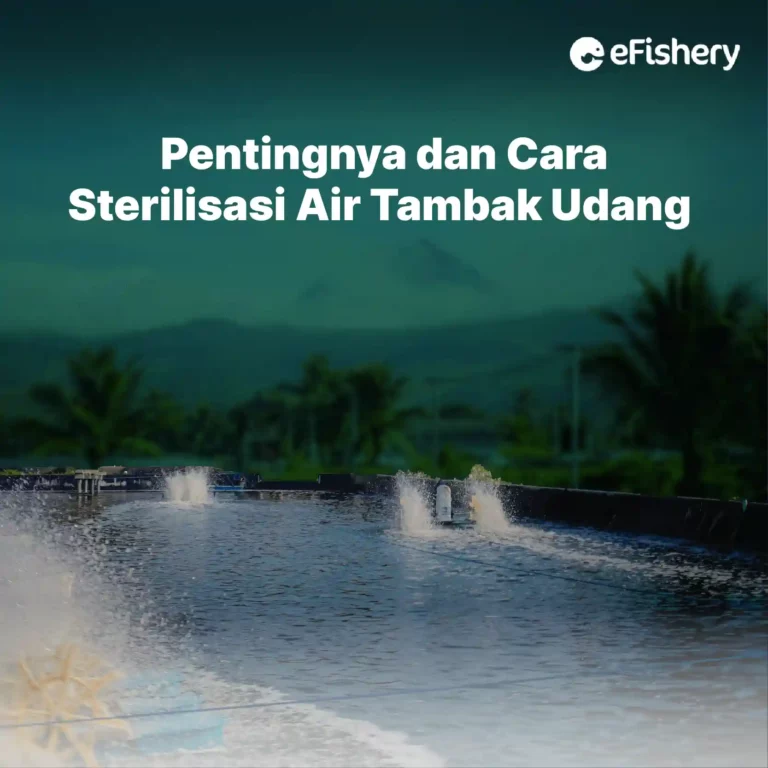Artikel Ini Telah Direview Oleh:
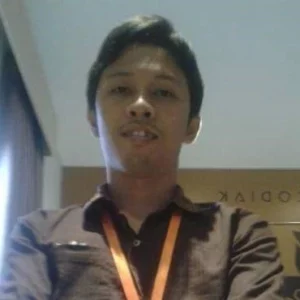
Eko Afriantoro
Praktisi Budidaya Udang
Sterilization of shrimp pond water is a special treatment to ensure that shrimp are free from bacteria, viruses and diseases through water as a cultivation medium. The problems in shrimp farming that often occur are environmental pollution and disease, while shrimp do not have an adaptive immune system, making it difficult to renew their body's protection system.
Not a few also happened Early Mortality Syndrome (EMS) or early death in shrimp at the beginning of the cultivation phase caused by an immune system that is not renewed. Therefore, to anticipate it, you need to sterilize shrimp pond water to help the shrimp create their adaptive immune system.
Shrimp Pond Water Sterilization
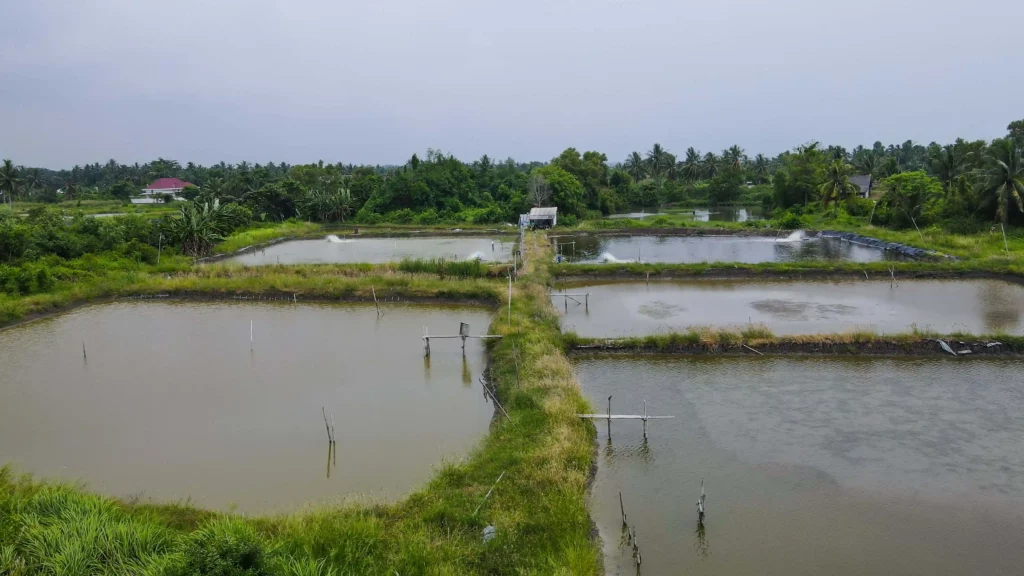
Farmers often experience problems where shrimp get sick easily, even to premature death and environmental threats. These two things are closely related to bacteria and viruses that can attack shrimp.
The problem is that shrimp only have a natural immune system which consists of a cellular response system and a humoral response system. As for living things, an adaptive immune system is needed, meaning that the immune system can renew itself in line with the many new viruses and bacteria in its environment.
Cases of shrimp experiencing death since childhood or Early Mortality Syndrome adds to the row of shrimp health problems during the cultivation process, so you need to be more vigilant when doing shrimp farming.
Correspondingly, when the adaptive immune system is not developed, then the system immunological memory or the immunological memory also dies. Even though this immunological memory system has an adaptive immune system that can detect specific antigens so as to produce a new immune system every day.
Overcoming this, Kurtz and Franz made observations in 2003, which resulted in the statement that the adaptive immune system in the invertebrate group could emerge if it was stimulated using an immunostimulant method, or other immune system generating compounds. For example, elaborating haemocytes with immunostimulating compounds such as special bacteria, Lipopolysaccharides, and Glucans.
One way to stimulate the shrimp immune system is to sterilize the water in shrimp ponds. This method is more environmentally friendly than adding chlorine.
Shrimp pond water sterilization is a special method of caring for the shrimp environment by dissolving or maintaining the quality of pond water so that it is free from shrimp diseases, as well as maintaining their body's immunity. The benefits of special treatment of water sterilization in shrimp ponds include:
- Destroy disease pathogens contained in water.
- Creating a sterile environmental ecosystem for shrimp.
- Reducing the risk of shrimp being exposed to viruses, bacteria or disease.
- Ponds are free from carrier organisms and other pests such as red-blooded animals.
- The solution to overcome the death of shrimp in the initial phase of cultivation.
How to Sterilize Shrimp Pond Water
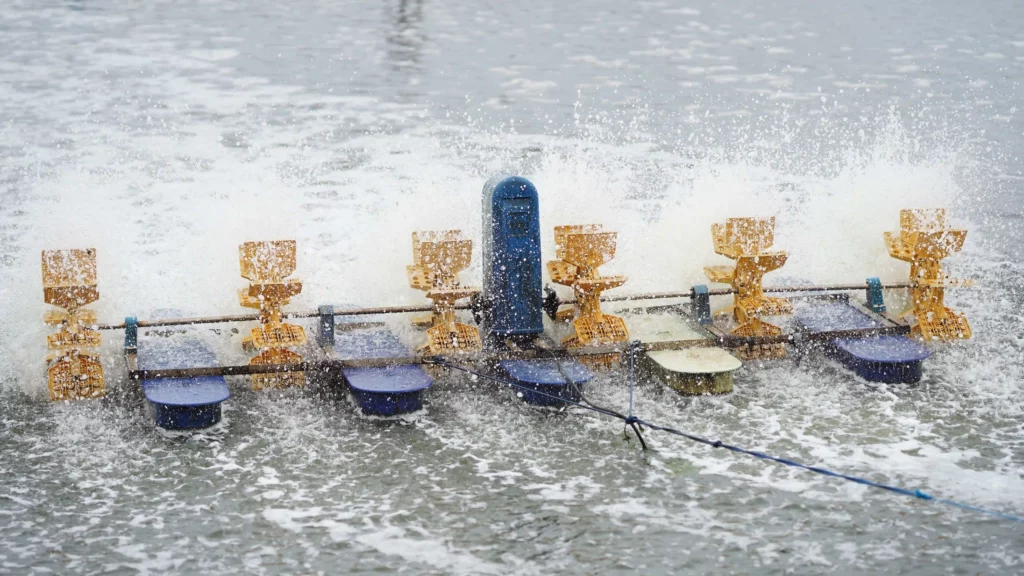
There are 2 stages to sterilize shrimp pond water, namely prefiltration and disinfection. The following is the flow of sterilization based on these 2 stages.
1. Prefiltration
- Install netting less than 200-300 microns at the inlet to ward off pathogens, pests or predators, and intrusion of special solids that may settle.
- Clean the filtration system regularly by rinsing it using clean water to remove any precipitated dirt.
2. Disinfection
- Use special chemical disinfectants to eliminate germs and bacteria.
- Lakukan penyaringan selama 24 jam menggunakan natrium hipoklorit 60% sebanyak 20-30 ppm atau 0,5-2,5 ppm KMnO4 atau TCCA sebanyak 10 ppm di dalam air tambak.
- Make sure the aeration system is maximized during the chemical disinfection process.
- Use sodium thiosulphate at 3x the remaining chlorine concentration to remove residual chlorine.
Things to Look For When Doing Sterilization
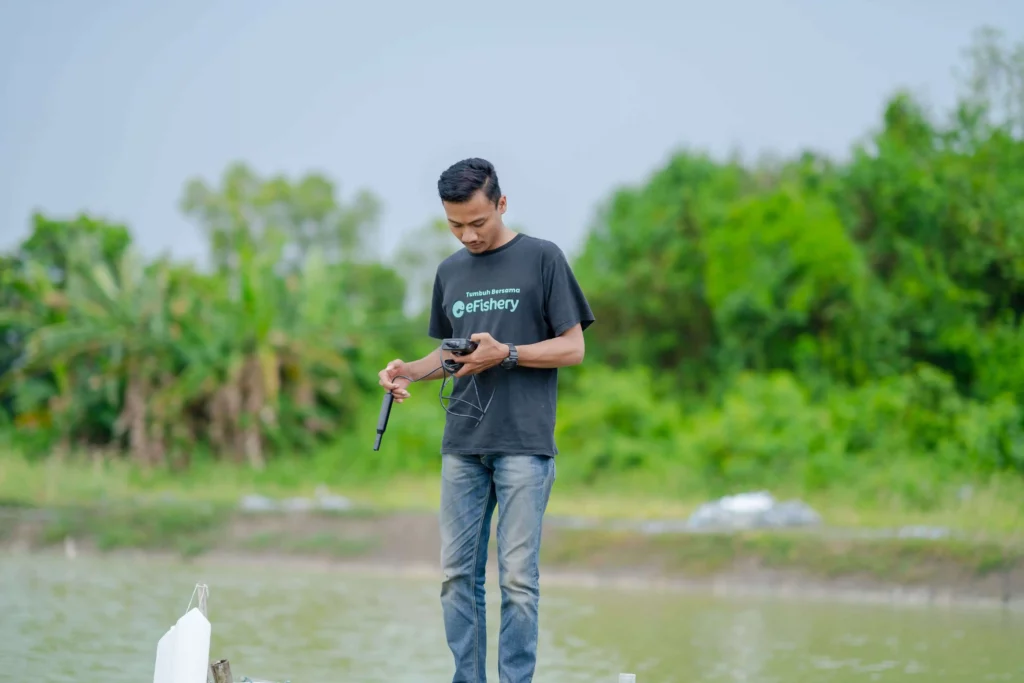
To support the smooth sterilization process in shrimp ponds, there are 4 points that need to be considered, including calibrating all measuring instruments used, sterilizing ponds and aquaculture equipment, water quality parameters, and aeration systems.
1. Calibrate the measuring device
Calibration is an activity of checking and adjusting the accuracy of each measuring instrument to be used in aquaculture activities by comparing it with standardized measures, so that the results of these measurements are truly accurate and consistent with other supporting measuring instruments.
In the case of cultivation, several measuring devices will be used, for example, such as pH meters, DO meters, refractometers, to special chemical testing equipment. Make sure all measuring instruments that will be used have been calibrated so as to produce accurate data to describe the condition of the pond.
2. Pool and Equipment Sterilization
Before sterilizing water in shrimp ponds, it is best to sterilize the pond and equipment first spray high-pressure disinfectants, such as 30 ppm sodium hypochlorite and 10 ppm trichloroisocyanuric acid or TCCA.
Then, brush the lining of the pool to lift the biofilm. Then, remove the remaining sludge resulting from the previous cycle which contains many pathogens and other components harmful to the shrimp.
If disease is found in the previous cycle, to anticipate this, you can use lime with an acid-base level or pH of 11. The aim is to remove spores and anticipate the spread of disease in the next cycle.
3. Parameter Testing of Shrimp Resistance to Chemicals
Testing this parameter is quite important to do to find out at what level or dosage the shrimp are able to make friends with chemicals, as well as determine the condition of the shrimp experiencing stress to these chemicals.
For example, the use of nitrites, if there is ammonia in the pond, how do the shrimp respond to all these chemicals. Do shrimp start to feel stressed when faced with these compounds, or is it the other way around? However, it should be noted that certain shrimp that have used drugs containing chemical compounds to be raised will have a fairly good tolerance level at doses of certain compounds. Therefore, it is necessary to carry out various examinations to get accurate results.
4. Aeration System
To expedite the chemical disinfection process as one of the stages of shrimp pond water sterilization, an aeration system is needed that can work optimally. Aeration systems that use aerators have the main function of supplying dissolved oxygen in water. The other function is to assist the process of oxidation of the toxic gases contained and remove stratification in water.
Broadly speaking, the use of the aerator itself is divided into 3 conditions, including:
- Emergency conditions, where the concentration of dissolved oxygen is very low.
- At night, to supply more dissolved oxygen.
- Special conditions, where the aerator will work continuously.
Nevertheless, there is one condition where the use of an aerator alone cannot meet the needs of dissolved oxygen. For example, when the weather is cloudy for a long time or when a mass death of phytoplankton is found. To meet dissolved oxygen levels, several special aerators can be used, such as:
- Using a blower that implements a basic aeration system.
- Using a diesel pump by emitting it into the pond.
- using aero two if the pond pond has a depth of more than 1.2 meters.
- Using a single wheel with 1 PK dynamo power.
- Using a double wheel or Long Arm which consists of a fan, galvanized pipe, and a special float driven by a diesel engine.
Konsultasikan Sterilisasi Air Tambak Udang dengan Ahli Budidaya!
Need Help Regarding Shrimp Cultivation Business?
Fill in your personal data in the following form. Our team will immediately contact you via the number cellphone attached. Make sure the data entered is correct.
Itu dia beberapa informasi terkait sterilisasi air tambak udang. Jika Bapak/Ibu ingin langsung berkonsultasi dan mendapatkan rekomendasi terkait sterilisasi, Bapak/Ibu bisa langsung mengakses fitur Cultivation Consultation in app eFarm secara GRATIS. Bapak/Ibu akan berkonsultasi langsung dengan Ahli Budidaya eFishery dan mengetahui tips menarik lainnya seputar budidaya udang.
Fill out the form above to consult at Cultivation Consultation secara FREE!

Eko Afriantoro - Praktisi Budidaya Udang
Eko berpengalaman sebagai praktisi budidaya udang sejak tahun 2013 yang kini menjadi Farm Lead Research & Development (R&D) Shrimp eFishery.
Questions Regarding How to Sterilize Shrimp Pond Water
To prevent it from happening Early Mortality Syndrome (EMS) or premature death of shrimp at the beginning of the cultivation phase, farmers can sterilize using disinfectants to control pathogens. Do this process during the pond preparation process.
The process of sterilizing shrimp pond water is important to do so that the disease pathogens contained in the water die, reduce the risk of shrimp exposure to viruses and bacteria, free ponds from carrier organisms and pests, create a sterile environmental ecosystem for shrimp as well as solutions to overcome the problem of small shrimp quickly dead.
- https://delosaqua.com/id/pentingnya-sterilisasi-di-peternakan-udang/
- https://kkp.go.id/an-component/media/upload-gambar-pendukung/DJPB_BBPBAP%20JEPARA/Juknis%20Udang%20Vaname.pdf
- http://mediapenyuluhanperikananpati.blogspot.com/2015/11/mempersiapkan-petak-sterilisasi-pada.html
- https://thefishsite.com/articles/10-tips-dasar-budidaya-udang
- http://trobosaqua.com/detail-berita/2015/01/15/44/5529/meneropong-sistem-kekebalan-tubuh-udang
- http://trobosaqua.com/detail-berita/2021/01/15/44/13880/rico-wibisono-sterilisasi-fisika-solusi-masa-kini-
- http://wicaramina.blogspot.com/2015/04/sterilisasi-air-dan-biosecurity.html
